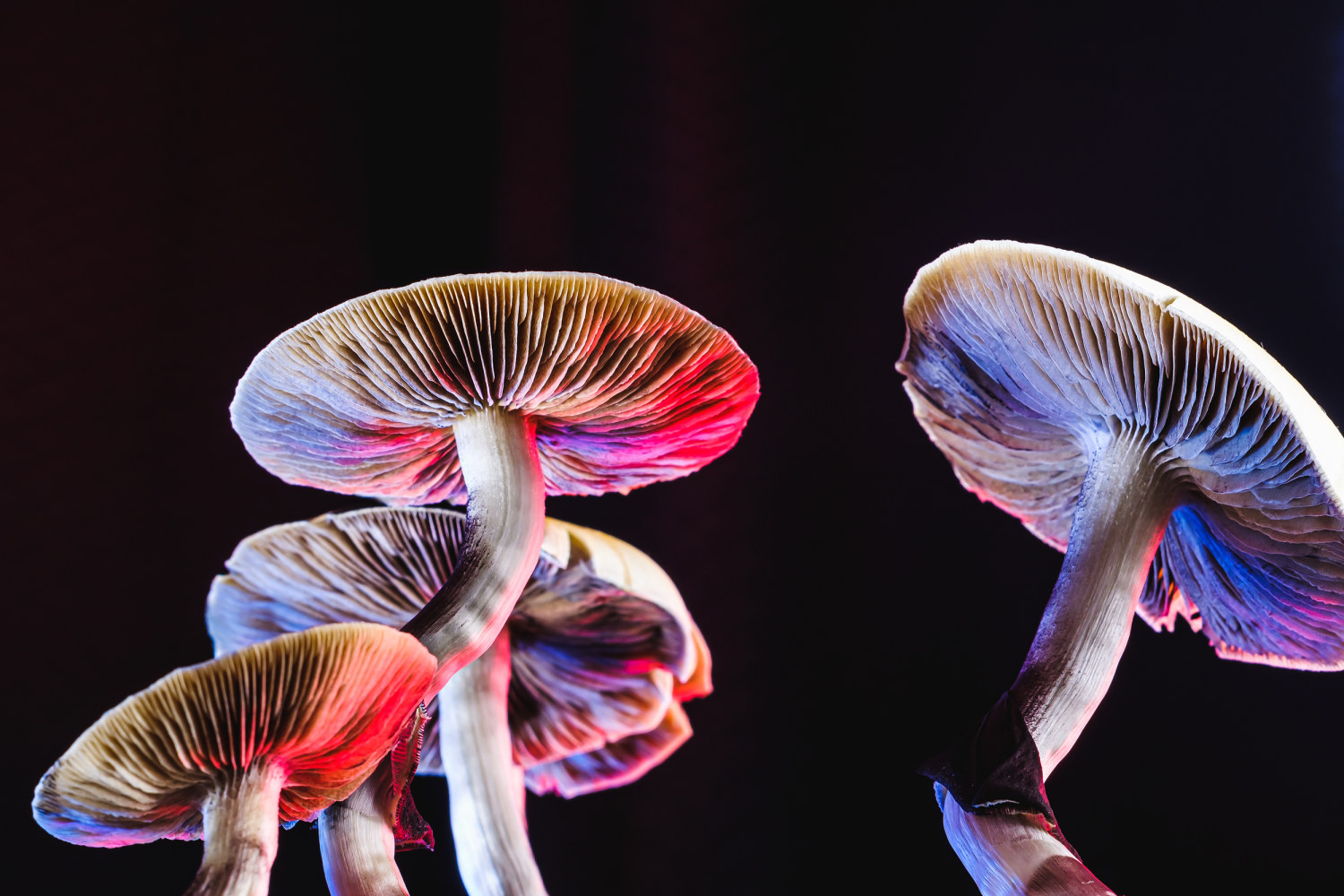Z Strain Mushroom History – Questions
Z Strain Mushroom History – Questions

You’ve likely found out about the therapeutic advantages of psilocybin therapy, possibly through ‘magic’ mushrooms points out of pen names like ‘shrooms’. Did you know that there’s over 180 psilocybin mushroom species that could occasion your consciousness-expanding journey through space and time? Though some may be more easily accessible than others, each of these species comes geared up with their own visually-cadent spirit of hallucinogenic climb.
Today, we’ll be diving head-first into the exquisitely special homes of some of the most popular restorative mushroom pressures on the marketplace, including their trademarked shapes, gill structures, and most importantly, their recovery impacts. We desire to note that the pressure of your psychedelic mushroom medication is eventually of not too much importance.
It’s actually your recovery intention and ability to surrender that sways the prognosis of your journey. psychedelic research study institutions recommend that knowing the pressure you have could definitely be of worth to psychedelic treatment, in order to make more informed decisions on dose and psychedelic safety. Psilocybe cubensis pressures are probably the image that comes to mind when we consider restorative psychedelic mushrooms.
Regional to the tropics of Gulf Coast states, «cubes» are among the most extensively distributed species due to the fact that of their easy-to-cultivate residential or commercial properties, naturally sprouting in cattle dung and grown indoors with substrates like coffee or wild rice flour. These medical fungi typically bruise blue due to oxidation, with narrow gray gills edged by an off-white color, typically containing 10-12 mg of psilocybin per gram of dried mushrooms.
The Only Guide for Psychedelic Mushroom Strains
cubensis has been the fortunate topic of much selective breeding, yielding over 60 divergent pressures like Wavy Caps and Penis Envy. The result? Thoroughly curated hybrid types of mushrooms whose desired qualities have actually been separated to produce increased hallucinogenic results (as much as 12x more potent) and better adaptation to unforeseeable environmental conditions.
Now let’s check out the comprehensive genetic analogs, of these psychedelic mushrooms. ‘Golden Teacher’ is among the most preferred strains of restorative psychedelic mushrooms. Their perfectly plump, smooth-to-the-touch caps produce a tinge of burnt-orange that fades into a somewhat paler, somewhat-girthy stem. Journeying with Golden Teachers will take you along for a really reflective ride.
63% psilocybin, 0. 60% psilocin, and 0. 25% baeocystin, and with a much shorter than average trip period of 2-4 hours, making it an ideal pressure for the not-so-experienced journeyer. Nevertheless, the recovery powers of these difficult, little mushrooms ought to not be neglected. Golden Teachers make their claim to popularity by transferring a palpable sense of ThirdShrooms ancient intelligence through consoling feelings of heart-centered warmth and love.
‘Albino Goodies’ or albino mushrooms are a cross between the stress Golden Teacher and Albino A+ (AA+). They’re typically deemed one of the most powerful strains of cubensis and this popular speculation comes from the presumption that AA+ is biochemically similar to Panaeolus, which would explain why their potency is so extremely desired (0.
Indicators on Top Albino Penis Envy Magic Mushroom You Need To Know
This dynamic mix thoroughly draws out the unreserved knowledge, deeply reverenced in Golden Instructor pressures, to produce revelatory experiences that employ the apparently quicker-acting, physically-racing intensities of AA+. The name recommends AA+ is albino, their cream-colored fruiting body falls more in par with a leucistic denomination, revealing visible indications of decreased coloring.
Psilocybe azurescens, aptly tagged ‘Flying Saucers’, are a relict healing pressure of P. cubensis that are believed to have actually been discovered in 1979 by a group of Boy Scouts roaming the forested premises of Oregon state. Later on, American mycologist, Paul Stamets, was the first to call and identify this stress in 1996.

![]() Calle 52 # 47-42, Edificio Coltejer. Medellín, Antioquia
Calle 52 # 47-42, Edificio Coltejer. Medellín, Antioquia
![]() +57 (602)235-6100
+57 (602)235-6100
LÍNEA DE TRANSPARENCIA
Copyright © 2024 Nutrim S.A.S.


Deja una respuesta